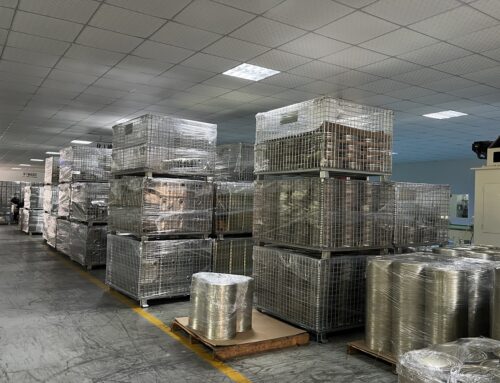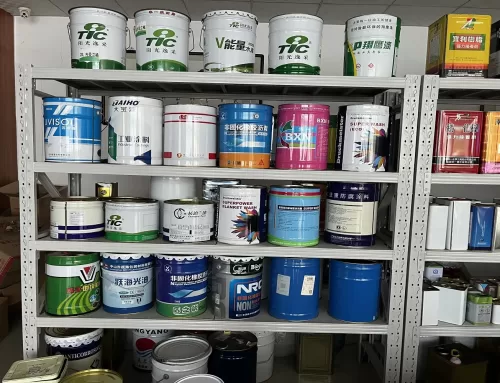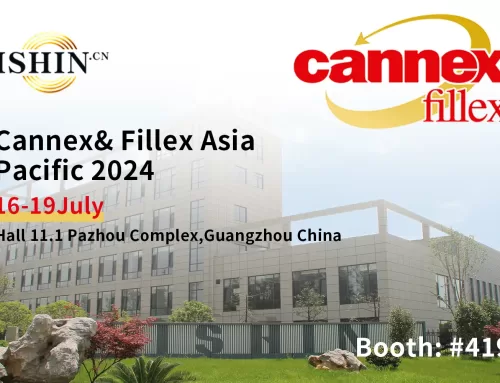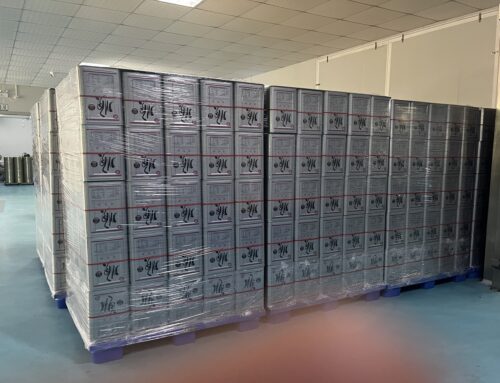How tin cans are manufactured? We will introduce it to you in this article.
Three-piece cans and empty cans manufacturing process and characteristics。
1.The manufacturing process and characteristics of resistance welding and laser welding of empty cans are as follows:
Cutting board→(Scribe)→Knead the iron into a circle→Position welding→Inside and outside welding seam repainting and drying→(Slitting), (Rolling), (Neck), (Bulging), (Pressing) Flower)→Flanging and one bottom→leak detection→(full internal spray)→(drying)→stack one package
The bracketed part in the above process can be configured according to the needs of the tank type.
Characteristics of resistance welding process: Can body seam welding does not require bite brazing, which fundamentally eliminates the lead in the solder to food pollution and saves solder; the weld has high strength and good sealability; the amount of weld overlap is small (0.25 -0.8mm), saving raw materials, narrow welding seam, especially after adding gas protection at the welding seam, the appearance is more beautiful and beautiful; the thickness of the welding seam is similar to the thickness of the can body plate, about 1.3~1.5 times, which is convenient for flanging, necking, and Sealing; the sealing quality is high, and the air tightness of the tank is good.
Click this link to watch the video of can production:
2.The manufacturing process and characteristics of soldering cans are as follows:
Panel cutting → corner cutting → end folding → rounding → soldering agent → hooking → flattening → brazing → flanging → back cover → inspection → packaging
Corner cutting is to cut off the two corners of one end of the can body blank, and cut two obtuse angles on the other end, so that when the can body is hooked to form a longitudinal seam, only two layers of iron sheet are lapped at both ends of the can body to facilitate flanging and sealing. At the same time, it is beneficial for the solder to penetrate into the joints in the can.
This process has been basically eliminated as a food can due to the problem of lead pollution. This article will not focus on it.
3.The manufacturing process and characteristics of the bonding tank The bonding tank body is bonded by a polymer (such as polyethylene, nylon, etc.) adhesive, heated to 130°C-150°C, and the molten adhesive is applied to the tank The lap joints of the body are heated, pressurized, and cooled to make the seams tightly bonded.
The process flow is:
Panel cutting → corner cutting → end folding → round → applying adhesive → overlapping or hooking → flattening → flanging → back cover → inspection → packaging
The characteristics of the process are: saving solder, eliminating lead pollution to food, no soldering solution, no damage to the tinplate of tinplate; chrome plate can be used, low raw material cost; full board printing, no need to leave blank welds, shape Beautiful; hot melt adhesive has low melting point, low energy consumption, and low operating cost; the bonding tank has poor heat and water resistance, and is currently mainly used for the packaging of solid or powdery contents.




